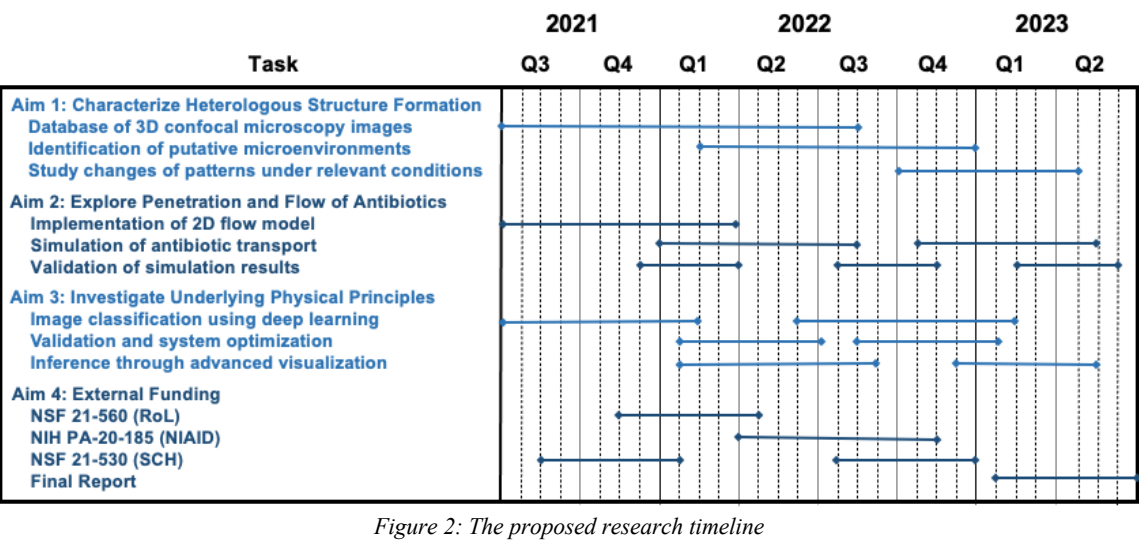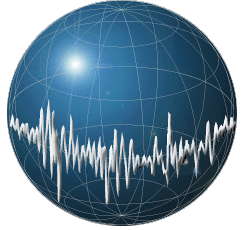Hypothesis and Proposal
We hypothesize that the formation of 3D heterologous rigid structures significantly affects the flow of small molecules and bacteria through the biofilms, which in turn produces protected micro environments where small molecules, such as antibiotics, do not penetrate. Testing this hypothesis requires a multidisciplinary framework as it requires microscopy data acquisition, modeling and simulation, and big data analysis. We propose to build a database of 3D laser scanning confocal microscopy images of heterologous biofilms including single species and mixed species biofilms representing both pathogenic and commensal bacterial biofilm.
AIMS
1.) Characterize patterns of heterologous structure formation across pathogenic and microbiota biofilms and determine the influence of flow and inflammation on these structures.
2.) Does biofilm heterogeneity influence penetration and flow of antibiotics to form protected microenvironments?
3.) What are the underlying physical principles governing the establishment of heterologous structures and protected microenvironments?

ANTICIPATED OUTCOMES
This research will contribute to broader Rules of Life studies that will use the computational and modeling validation techniques developed in these studies. It will validate heterologous rigid structure patterns for a wider variety of pathogens and commensal communities.
Development and curation of the data and open source software developed in this project will leverage our long-standing commitment to open-source tools and data.
